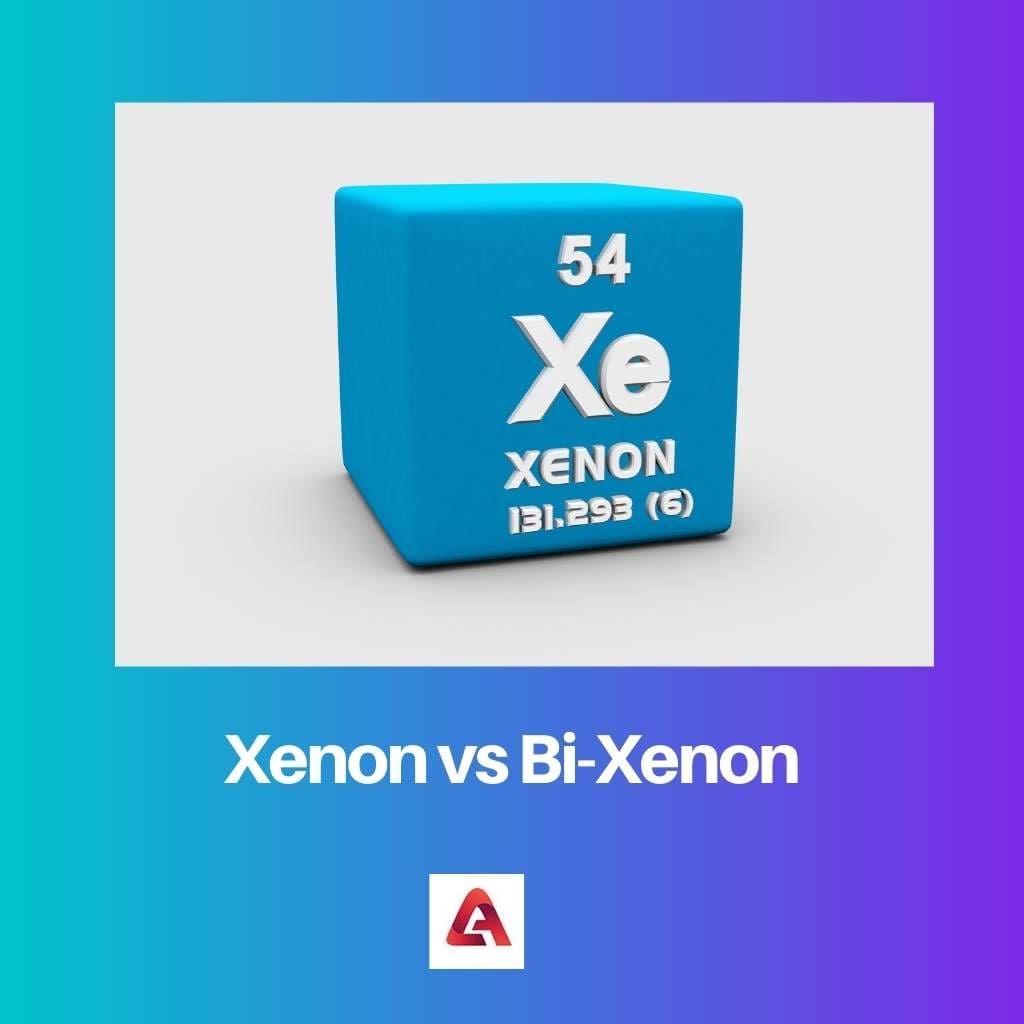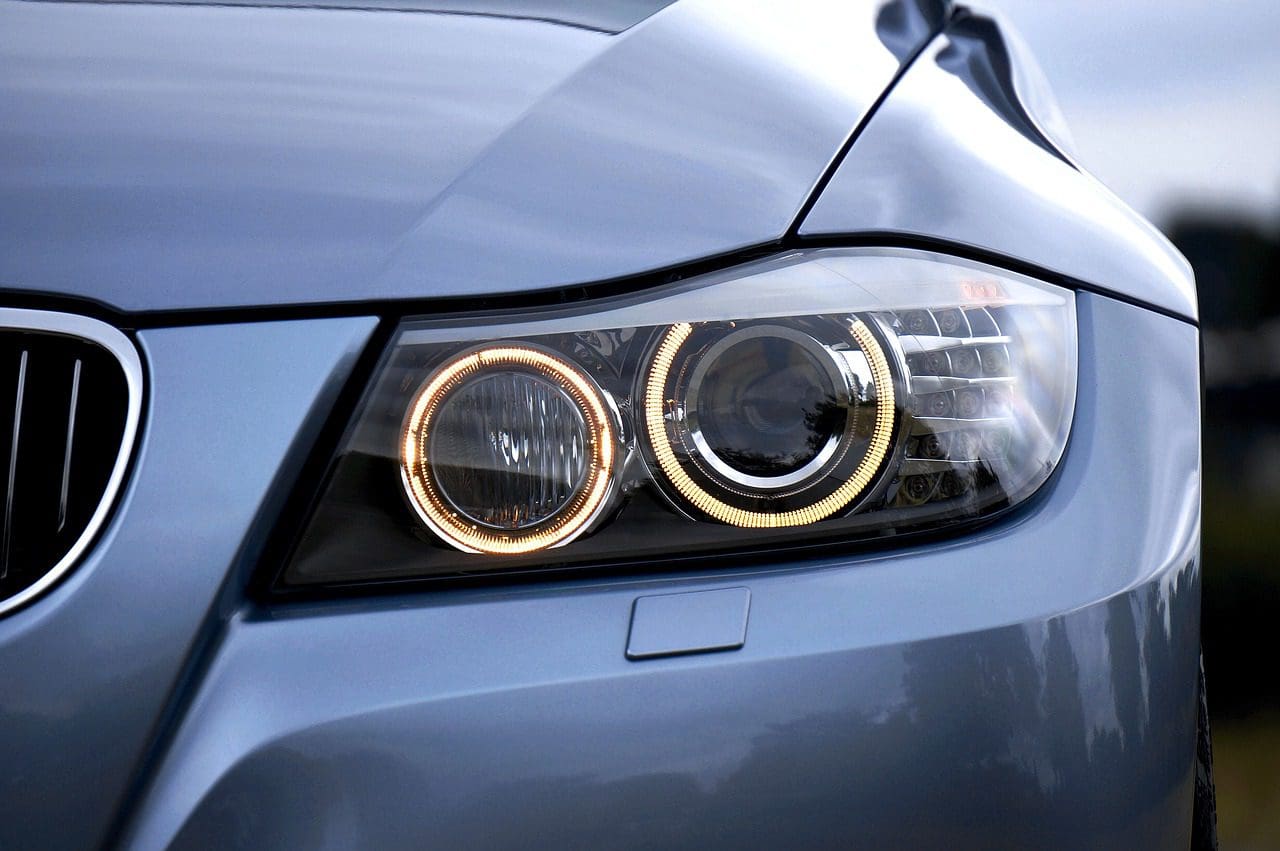Both Xenon and Bi-Xenon are headlights that are used in cars by car owners. These new modern headlights have replaced the regular halogens. These headlights are much more long-lasting, provide brighter light, and are energy efficient too.
So these are getting more popular day by day. These two different headlights are technically the same and used for the same purpose. But have some differences. Here are some of the basic differences between them.
Key Takeaways
- Xenon headlights use xenon gas to produce a bright, white light, while bi-xenon headlights use a single bulb and a shutter system to have both high and low beams.
- Xenon headlights are more expensive and require a separate bulb for high and low beams, while bi-xenon headlights are more affordable and require only one bulb for both high and low beams.
- Xenon headlights provide better visibility in low-light conditions, while bi-xenon headlights offer greater convenience and ease of use.
Xenon vs Bi-Xenon
Xenon is a chemical element (Xe) that has no color or smell. It is an inert gas used in lighting and medicine. It uses two bulbs in a headlight bulb to give both high and low beams. Bi-xenon is an automatic headlight using one bulb to give out high and low beams by adjusting the pattern of light.

Xenon headlight comes with more properties and a long immune headlight. It is a great choice for car owners. It has four bulbs attached to it which provide both high and low beams for use, and it does not need to be set it every time.
So practically due to this, it has more life than the bi-xenon headlights. Having four bulbs also lead to an increase in the price of this type of headlight.
Bi-Xenon headlights are also very affordable to car owners due to their very low price. These headlights come with two bulbs which makes a difference between the costs of the two types of bulbs.
This headlight is also very bright and is very efficient in making a long area visible in the darkness. It is less prone to mechanical failures. It has a long service life as compared to the xenon headlight.
Comparison Table
| Parameters of Comparison | Xenon | Bi-xenon |
|---|---|---|
| Number of bulbs | Have four bulbs | Have two bulbs |
| Reliability | High failure percentage | Low failure percentage |
| Cost comparison | Costly concerning to bi-xenon | Cheaper with respect to xenon headlights |
| Life guarantee | More immune | Suffer from mechanical failure |
| Type of beams | They can provide both high and low beams. | Provides only low beam light |
What is Xenon?
Xenon headlights are a great choice for car owners. It has four bulbs attached to it which provide both high and low beams for use, and it does not need to be set it every time. So practically due to this, it has more life than the bi-xenon headlights.
The drivers do not have to set them always as per their need to make the front area visible. As it is less moved, it has a long service life.
These headlights are more prone to mechanical failure as we are concerned that devices with more properties are used more abruptly. Consumers always want to utilize all the facilities available to them.
So as in this case, people use both kinds of beams abruptly, which leads to mechanical failure.
As it has more properties concerning the bi-xenon headlights, most are higher concerning them. It can provide both high and low beams from a single device.
All the devices have a usable time. They undergo much wear and tear, which leads to the loss of their serving life as the xenon headlights do not have any movable parts in them. It is less prone to wear and tear. It has great immunity to its serving life.

What is Bi-Xenon?
Bi-Xenon headlights are also very affordable to car owners due to their very low prices. These headlights come with two bulbs which makes a difference between the costs of the two types of bulbs.
This headlight is also very bright and is very efficient in making a long area visible in the darkness.
These bi-xenon headlights are less prone o failure as they have only two bulbs. They are less prone to damage. They are needed to be taken care of too. As they needed to be moved, they were to take care to have less damage.
Bi-xenon headlights are cheaper as compared to xenon headlights. This headlight comes with only two bulbs. It is more affordable to car owners due to its low cost. It is cheaper than xenon headlights but is not in backward for the service. These also provide bright lights.
Bi-xenon headlights are more prone to damage due to the always-changing setup from the high to low beams of the headlight. As it has to be always set up, it should be more taken care of to make it long life applicable.
On normal, it provides only low-beam light. It has to be set up by the user to provide a high beam every time in need.

Main Differences Between Xenon and Bi-Xenon
- Xenon headlights come with four bulbs, whereas the bi-xenon headlights come with two bulbs.
- Xenon headlights have a high failure percentage. On the other hand, the bi-xenon headlights have less failure percentage.
- Xenon headlights are more costly concerning the bi-xenon headlights. The bi-xenon headlights come at low prices in the markets.
- Xenon headlights have a greater immunity to serving life as compared to bi-xenon headlights. Bi-xenon has low immune than xenon due to a continuous transition from high to low or vice versa.
- Xenon lights have the property to provide both high and low-beam lights. On the other hand, the bi-xenon headlight provides only low-beam light.

Great to see a comprehensive comparison of Xenon and Bi-Xenon headlights in one place. It’s beneficial for any car owner to understand the distinctions between the two.
Absolutely. An informed decision can only be made with a thorough understanding of the differences.
Interesting to learn about the differences in reliability and failure rates between the two headlight types. It’s not we get to see such a detailed analysis in this field.
However, it would be beneficial to also consider environmental impact when comparing the two.
Agreed, the breakdown of reliability statistics is quite enlightening.
It’s interesting to see how the cost comparison and life guarantee differ between Xenon and Bi-Xenon headlights. Definitely something to consider when making a decision about which type to use.
Absolutely, the economic factors play a significant role in decision-making.
Indeed, the long-term cost implications are crucial.
It’s fantastic to see such an in-depth comparison between Xenon and Bi-Xenon headlights. The article offers valuable insights into the world of automotive lighting technology.
Absolutely. A great source of information for those interested in car lighting systems.
Definitely, the level of detail in the analysis is impressive.
The comparison table provides a clear, concise outline of the differences between Xenon and Bi-Xenon headlights. Great information for anyone looking to choose between the two.
Definitely. It’s helpful to have all the information laid out like this.
The detailed description of Xenon and Bi-Xenon headlights is both insightful and educational. Well done.
Agreed, the article provides a comprehensive overview of the topic.
Absolutely, it’s always beneficial to expand our knowledge about these technological advancements.
The article does a fantastic job breaking down the details of both Xenon and Bi-Xenon headlights. It’s a valuable resource for anyone looking to delve deeper into this topic.
I couldn’t agree more. It’s a comprehensive analysis of a niche but important area of automotive technology.
The article provides a compelling exploration of the differences between Xenon and Bi-Xenon headlights. It really highlights the advancement in the technology of car lighting systems.
The article is both enlightening and engaging. It provides a high-level overview of the differences between Xenon and Bi-Xenon headlights, essential for any car enthusiast or owner.
Indeed, the quality of information in this article is commendable.
I find it fascinating to see how much innovation has taken place in car lighting systems. It will be interesting to see how these Xenon and Bi-Xenon headlights continue to develop over time.
Absolutely! The advancements in headlight systems are truly remarkable.